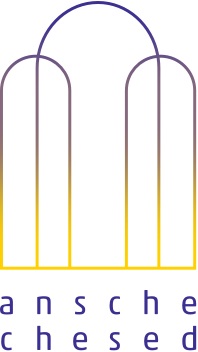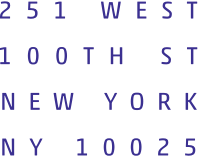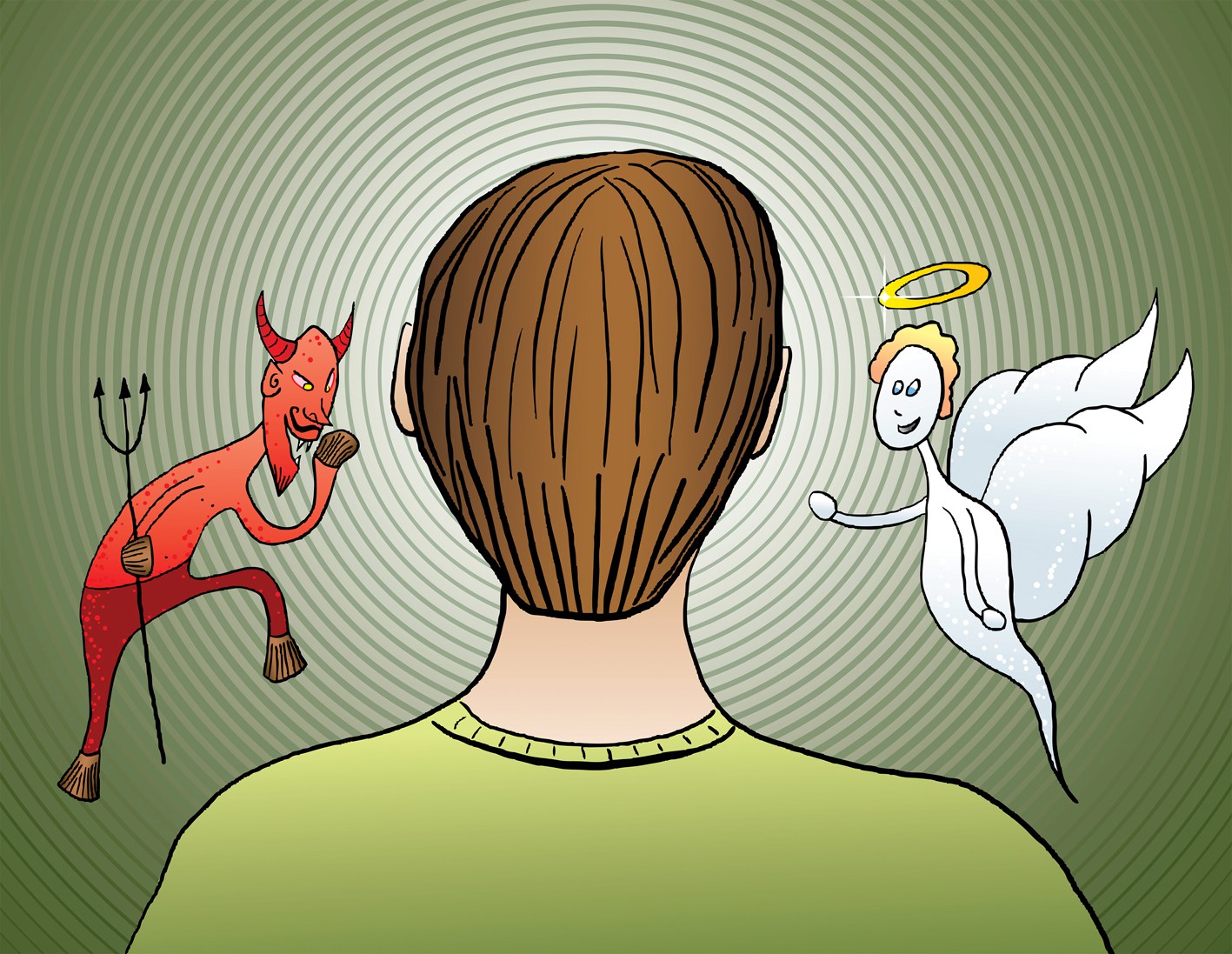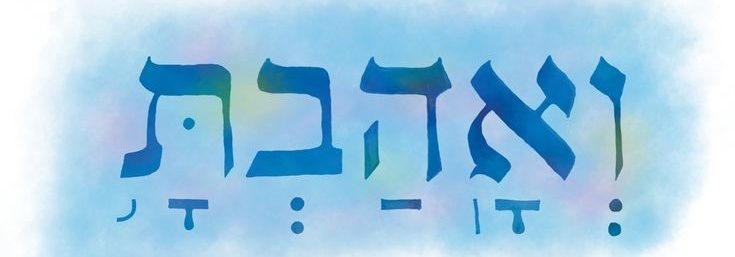All Gender Bathroom

My friends, this week we will read Parashat Balak [which just happens to be my bar mitzvah parasha] which focuses on the inspired speeches of the Aramean prophet Bilaam. This exceptional charismatic character intended to curse Israel, but was seized with the divine spirit and blessed them instead. Words that were intended to harm, surprisingly became instruments of love… Read more »








